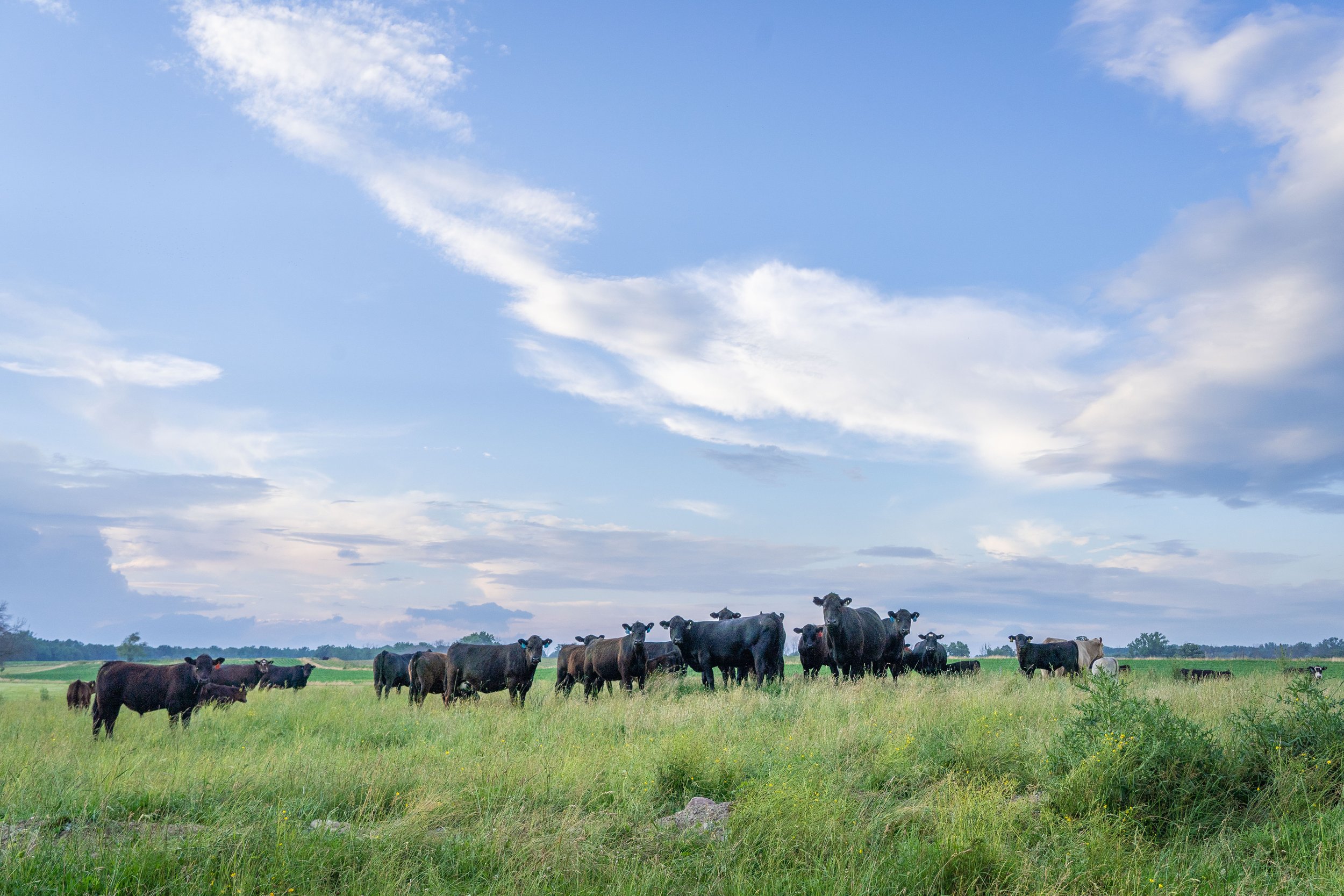Comprehending Livestock Danger Protection (LRP) Insurance: A Comprehensive Guide
Browsing the world of animals danger defense (LRP) insurance coverage can be an intricate undertaking for many in the agricultural market. From how LRP insurance policy operates to the numerous insurance coverage choices available, there is much to uncover in this comprehensive guide that might potentially form the means livestock producers come close to danger management in their businesses.

How LRP Insurance Policy Functions
Sometimes, recognizing the technicians of Livestock Threat Defense (LRP) insurance coverage can be intricate, however breaking down exactly how it functions can provide quality for herdsmans and farmers. LRP insurance coverage is a risk management device designed to shield livestock producers against unexpected cost decreases. It's vital to note that LRP insurance policy is not an earnings guarantee; instead, it concentrates exclusively on cost risk protection.
Qualification and Coverage Options

When it comes to coverage alternatives, LRP insurance policy offers manufacturers the adaptability to pick the insurance coverage level, protection duration, and recommendations that ideal suit their threat management demands. By understanding the eligibility standards and insurance coverage choices available, animals manufacturers can make enlightened choices to handle risk efficiently.
Pros and Cons of LRP Insurance Coverage
When assessing Animals Danger Defense (LRP) insurance coverage, it is crucial for livestock manufacturers to evaluate the drawbacks and advantages intrinsic in this danger monitoring tool.

Among the key benefits of LRP insurance coverage is its capacity to give protection versus a decline in livestock costs. This can assist secure manufacturers from financial losses arising from market changes. Additionally, LRP insurance supplies a level of versatility, enabling manufacturers to tailor coverage degrees and plan periods to fit their certain demands. By securing a guaranteed cost for their livestock, manufacturers can much better handle risk and prepare for the future.
However, there are likewise some downsides to consider. One constraint of LRP insurance is that it does not secure against all kinds of dangers, such as illness episodes or all-natural catastrophes. Costs can often be expensive, especially for manufacturers with big livestock herds. It is essential for manufacturers to thoroughly examine their individual danger exposure and economic circumstance to determine if LRP insurance is the appropriate risk monitoring tool for their procedure.
Comprehending LRP Insurance Premiums

Tips for Making Best Use Of LRP Advantages
Making the most of the benefits of Livestock Risk Defense (LRP) insurance coverage needs calculated planning and aggressive danger website here monitoring - Bagley Risk Management. To make the most of your LRP insurance coverage, consider the complying with ideas:
Consistently Evaluate Market Problems: Keep educated about market patterns and cost fluctuations in the animals industry. By keeping an eye on these elements, you can make enlightened choices regarding when to purchase LRP coverage to protect versus potential losses.
Set Realistic Coverage Levels: When selecting protection levels, consider your production expenses, market worth of animals, and potential risks - Bagley Risk Management. Establishing sensible protection degrees guarantees that you are properly secured without paying too much for unnecessary insurance
Diversify Your Insurance Coverage: As opposed to see this page counting only on LRP insurance, consider expanding your danger management strategies. Combining LRP with various other risk administration devices such as futures agreements or alternatives can supply comprehensive insurance coverage against market unpredictabilities.
Review and Adjust Insurance Coverage Regularly: As market problems change, regularly review your LRP insurance coverage to guarantee it aligns with your present danger exposure. Adjusting coverage degrees and timing of purchases can help maximize your risk defense strategy. By complying with these ideas, you can take full advantage of the advantages of LRP insurance policy and guard your animals procedure versus unpredicted dangers.
Verdict
To conclude, livestock danger defense (LRP) insurance policy is a useful tool for farmers to handle the financial dangers connected with their livestock procedures. By comprehending how LRP functions, eligibility and protection alternatives, as well as the benefits and drawbacks of this insurance coverage, farmers can make educated decisions to protect their source of incomes. By meticulously considering LRP premiums and applying strategies to make best use of advantages, farmers can reduce possible losses and make sure the sustainability of their operations.
Livestock manufacturers interested in obtaining my site Animals Danger Defense (LRP) insurance coverage can explore an array of eligibility requirements and insurance coverage alternatives tailored to their details livestock operations.When it comes to coverage choices, LRP insurance policy uses producers the flexibility to pick the insurance coverage level, protection period, and recommendations that finest fit their threat monitoring demands.To realize the ins and outs of Animals Threat Protection (LRP) insurance policy fully, comprehending the elements influencing LRP insurance coverage premiums is crucial. LRP insurance costs are determined by various aspects, including the insurance coverage degree chosen, the anticipated price of livestock at the end of the protection period, the type of animals being guaranteed, and the size of the insurance coverage period.Evaluation and Adjust Insurance Coverage Routinely: As market problems change, occasionally review your LRP coverage to guarantee it straightens with your existing risk exposure.